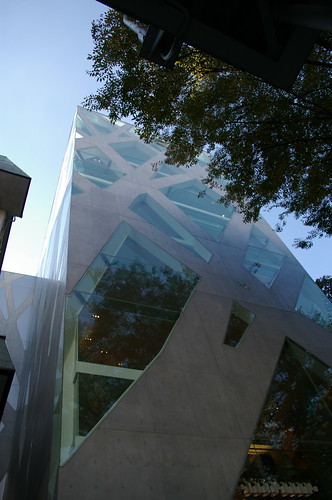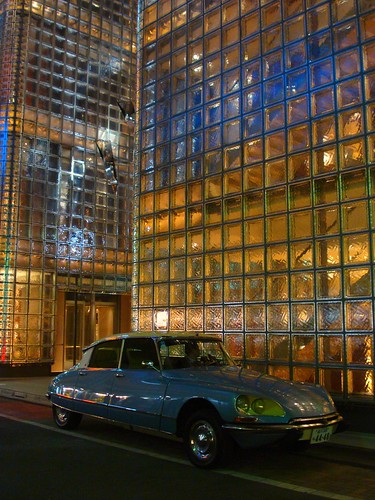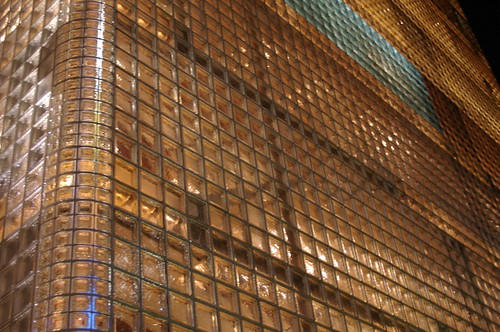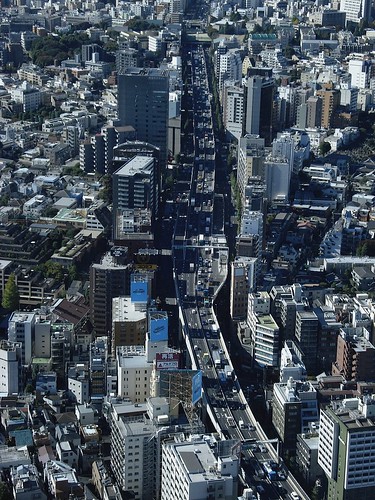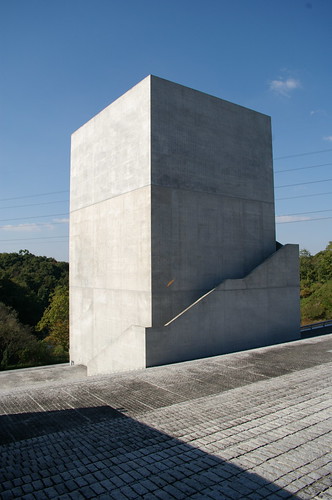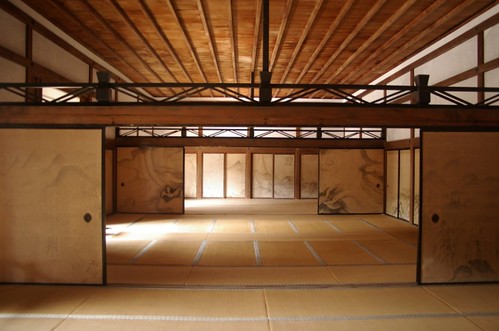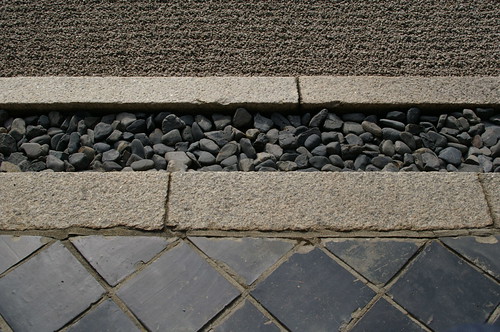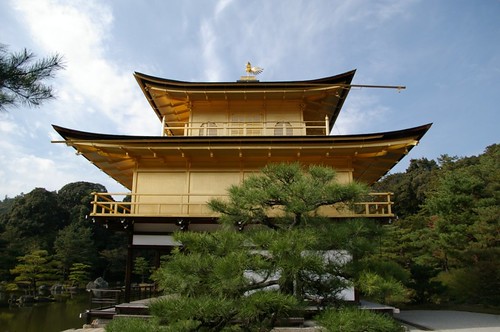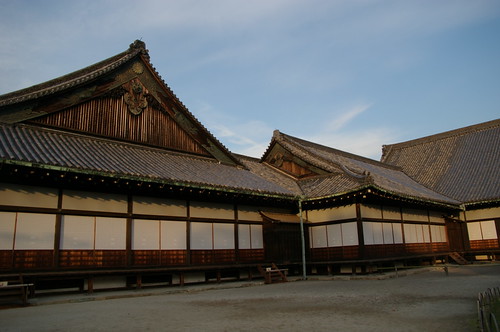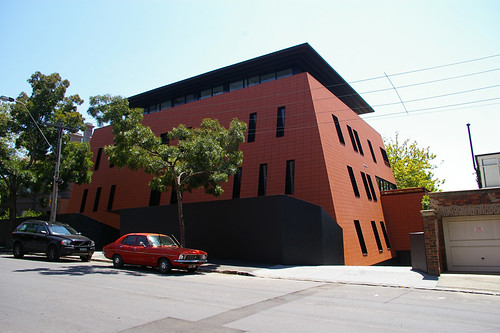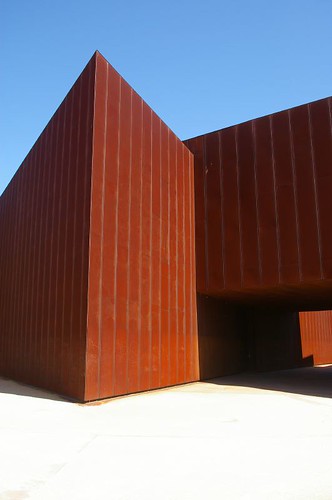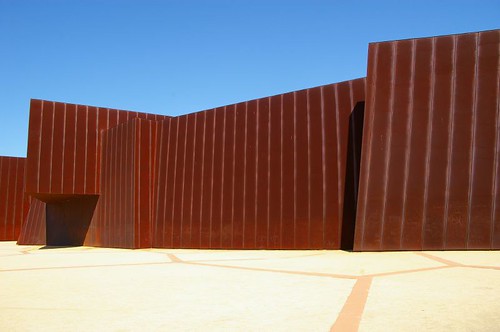
Due to the intense demands of space and astronomical costs of real estate in Tokyo SANAA’s Small House is an exercise in making the most with very little. Located on a 60m2 lot in central Tokyo, SANAA have managed to create a family home for a designer, his wife and their daughter.
In order to maximise the useable space of each floorplate each floor contains a single function. The partial basement level contains a bedroom and bathroom used by the whole family, the ground floor is a family room which will become the daughter’s bedroom when she grows older, the second level contains the kitchen and dining room and the top floor contains a soaking tub and terrace with city views enclosed in metal mesh.
The size of each floor plate is determined by each function creating the interesting form of the house, reflecting and making possible the internal organisation. The open stair provides the main circulation and structure that supports thin concrete slabs. Every element in the house has been reduced to a minimum to provide the maximum possible space and the organisation and construction of the house achieved with a minimum of means.
On the day I visited the house the curtains were closed and the building was unlike the pristine white renderings and models that are produced by the office. The fineness of the detailing and the thinness of the materials did not seem to be aging well. The extensive glazing on the façade makes it possible to see into most of the house and I was curious to know how often the curtains are open.
The Small House is an incredible exercise in creating such an open, spacious and interesting building within such tight constraints and it was interesting to finally see a Sejima building and how the pristine beauty of their renderings and models appears in reality.

